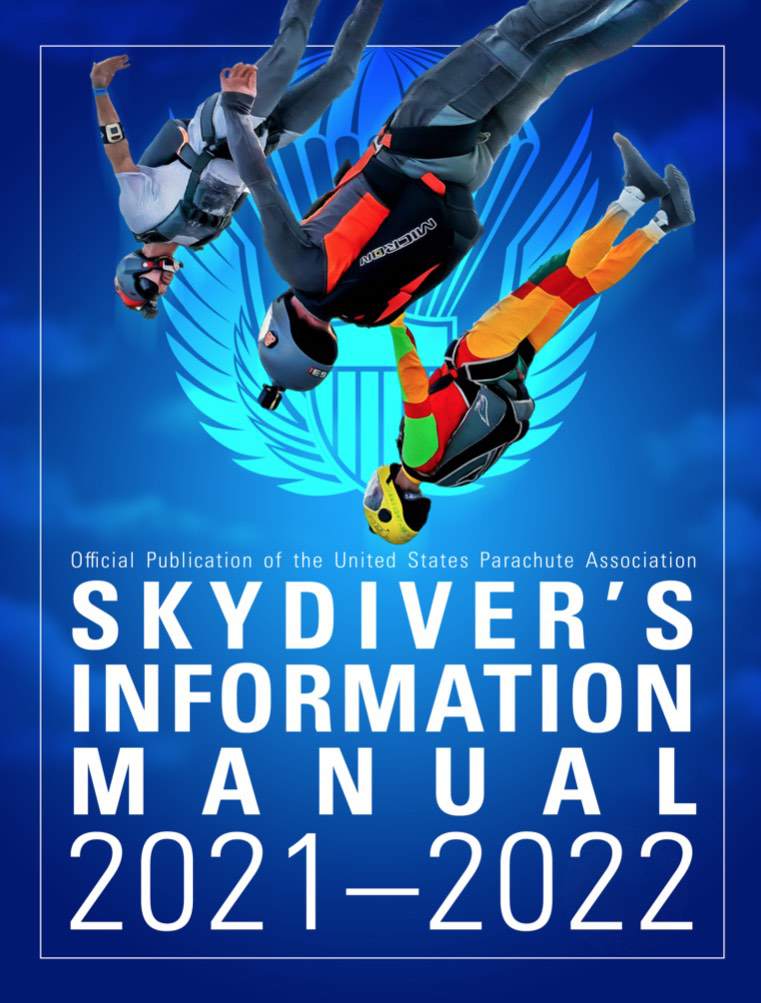Recurrency Training is what you need if you had a break from skydiving. What if I haven´t jump since…..? – this is a very common question. Long or sometimes even short break in skydiving can have serious consequences, as it is proven that without training repetition, our memory can fail us.
As a group member of United States Parachute Association (USPA) we encourage you to follow their recommendation if you are returning to skydiving after some time off. For each licence and last jump date, there are different recommendations regarding the ground training and check out jumps. All this is addressed in the Section 5-2 Recurrency Training of the Skydiving Information Manual (SIM). So called “Skydiving Bible”. You can download it from here.
But no worries, we take care after you and will take you back to the sky and free fall joy in the safest and nicest way!

A. Students
Students who have not jumped within the preceding 30 days should make at least one jump under the direct supervision of an appropriately rated USPA Instructor.
B. Licensed skydivers
- Skydivers returning after a long period of inactivity encounter greater risk that requires special consideration to properly manage.
- Care should be taken to regain or develop the knowledge, skills, and awareness needed to satisfactorily perform the tasks planned for the jump.
- Jumps aimed at sharpening survival skills should precede jumps with other goals.
C. Changes in procedures
- If deployment or emergency procedures are changed at any time, the skydiver should be thoroughly trained and practice under supervision in a harness simulator until proficient.
- Ground training should be followed by a solo jump which includes several practice sequences and deployment at a higher-than-normal altitude.
- The jumper should repeat ground practice at short intervals, such as before each weekend’s jump activities, and continue to deploy at a higher-than-normal altitude until thoroughly familiar with the new procedures.
D. Long lay-offs
- Jumpers should receive refresher training appropriate for their skydiving history and time since their last skydive.
- Jumpers who were very experienced and current but became inactive for a year or more should undergo thorough training upon returning to the sport.
- Skydivers who historically jump infrequently should review training after layoffs of even less than a year.
- Skydiving equipment, techniques, and procedures change frequently.
- During recurrency training following long periods of inactivity, jumpers may be introduced to new and unfamiliar equipment and techniques.
- Procedures change to accommodate developments in equipment, aircraft, flying styles, FAA rules, and local drop zone requirements.
- Returning skydivers require thorough practical training in the following subject areas:
- aircraft procedures
- equipment
- exit and freefall procedures
- canopy control and landings
- emergency procedures
E. Recurrency Training for Licenses
USPA A-license holders who have not made a freefall skydive within 60 days should make at least one jump under the supervision of a currently rated USPA instructional rating holder until demonstrating altitude awareness, freefall control on all axes, tracking, and canopy skills sufficient for safely jumping in groups.B License
USPA B-license holders who have not made a freefall skydive within the preceding 90 days should make at least one jump under the supervision of a USPA instructional rating holder until demonstrating the ability to safely exercise the privileges of that license.C and D License
USPA C and D-license holders who have not made a freefall skydive within the preceding 180 days should make at least one jump under the supervision of a USPA instructional rating holder until demonstrating the ability to safely exercise the privileges of that license.
Get in touch with us, if you have a situation, that is not described here or you are a “special case”. We can help you out!


